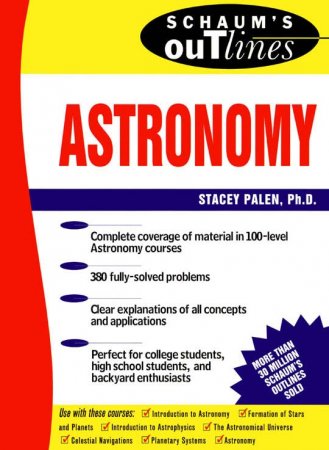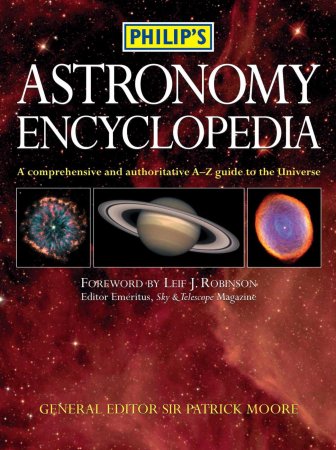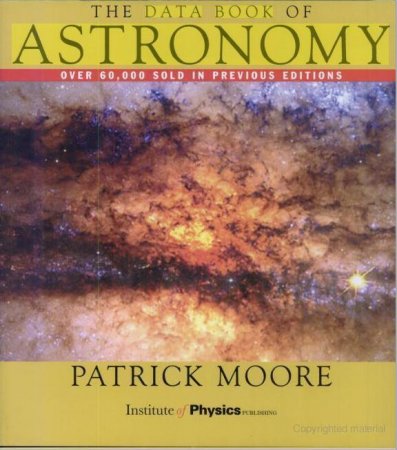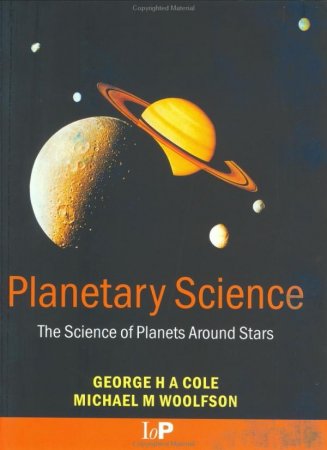НавигацияАрхив новостейСтатистика |
Механика космического полета в элементарном изложенииВ книге в доступной форме, без применения сложного математического аппарата, но вместе с тем вполне строго излагаются основы космодинамики — науки о движении космических летательных аппаратов. В первой части рассматриваются общие вопросы, двигательные системы для космических полетов, пассивный и активный полеты в поле тяготения. Следующие части посвящены последовательно околоземным полетам, полетам к Луне, к телам Солнечной системы (к планетам, их спутникам, астероидам, кометам) и за пределы планетной системы. Особо рассматриваются проблемы пилотируемых орбитальных станций и космических кораблей. Дается представление о методах исследования и проектирования космических траекторий и различных операций: встречи на орбитах, посадки, маневры в атмосферах, в гравитационных полях планет (многопланетные полеты и т. п.), полеты с малой тягой и солнечным парусом и т. д. приводятся элементарные формулы, позволяющие читателю самостоятельно оценить начальные массы носителей и аппаратов, стартующих с околоземной орбиты, определить благоприятные сезоны для межпланетных полетов и др. Книга содержит большой справочный числовой и исторический материал. Физика и астрономия ЛуныВ книге дан обзор современных представлений о Луне на основе достижений последних лет, в том числе экспедиций «Аполлонов» 12 и 14. В первых разделах рассмотрены основные астрономические данные: движение, масса, отражательная способность. В последующих главное внимание уделено строению поверхности, геологии и морфо логии лунных образований, а также результатам исследования образцов лунного вещества. В заключение изложены проблемы происхождения и эволюции Луны, а также лунного рельефа. Theory and Problems of AstronomyProvides a basic introduction to the topics covered in a beginning astronomy course, with an emphasis on problem-solving methods ordinarily taught “on the fly” or in ad-hoc tutorials - Closes the gap in student literature by providing a focused, comprehensive presentation of basic astronomical problem-solving techniques - Readers learn by example with the help of more than 200 detailed problems and step-by-step solutions, supplemented with over 100 detailed charts and graphs - Designed to accompany all leading 100-level astronomy textbooks, or to be used as a stand-alone guide for amateur stargazers. Mechanism of the Heavens MARY SOMERVILLE How to Build a Dobsonian Telescope Astronomy 161 - Introduction to Solar System Astronomy The Data Book of AstronomyThe Data Book of Astronomy is a one-stop reference for astronomers at all levels of experience, from beginners to experienced observers. Filled with data about the Earth, Moon, the planets, the stars, our Galaxy, and the myriad galaxies in deep space, it also reveals the latest scientific discoveries about black holes, quasars, and the origins of the Universe. Written by a premier astronomy expert, this book begins with a discussion of the Sun, from sunspots to solar eclipses. It then features over 100 tables on characteristics of the Moon, and the names, positions, sizes, and other key descriptors of all the planets and their satellites. The book tabulates solar and lunar eclipse, comets, close-approach asteroids, and significant meteor showers dates. Twenty-four maps show the surface features of the planets and their moons. The author then looks to the stars, their distances and movements, and their detailed classification and evolution. Forty-eight star charts cover both northern and southern hemispheres, enabling you to track down and name the main stars in all the constellations. The maps are supported by detailed tables of the names, positions, magnitudes, and spectra of the main stars in each constellation, along with key data on galaxies, nebulae, and clusters. There is a useful catalogue of the world's great telescopes and observatories, a history of astronomy and of space research, and biographies of 250 astronomers who have been most influential in developing the current understanding of the subject. The Science of Planets Around StarsAssuming no prior knowledge of astrophysics or geophysics, this resource focuses on the structure of planets and the stars they orbit and the interactions between them. The book is written in two parts, making it suitable for students at different levels and from differing backgrounds. The first twelve chapters reveal our solar system and the diverse bodies it contains. These are followed by 42 detailed topics that discuss specialized subjects, from stellar formation to exobioloy, in a quantitative manner-essential reading for those in higher level courses. Problems and answers are also included. |
ПопулярноеКалендарь
ОпросОцените дизайн сайта
Немного рекламы |
|||||||||||||||||||||||||||||||||||||||||||||||||





